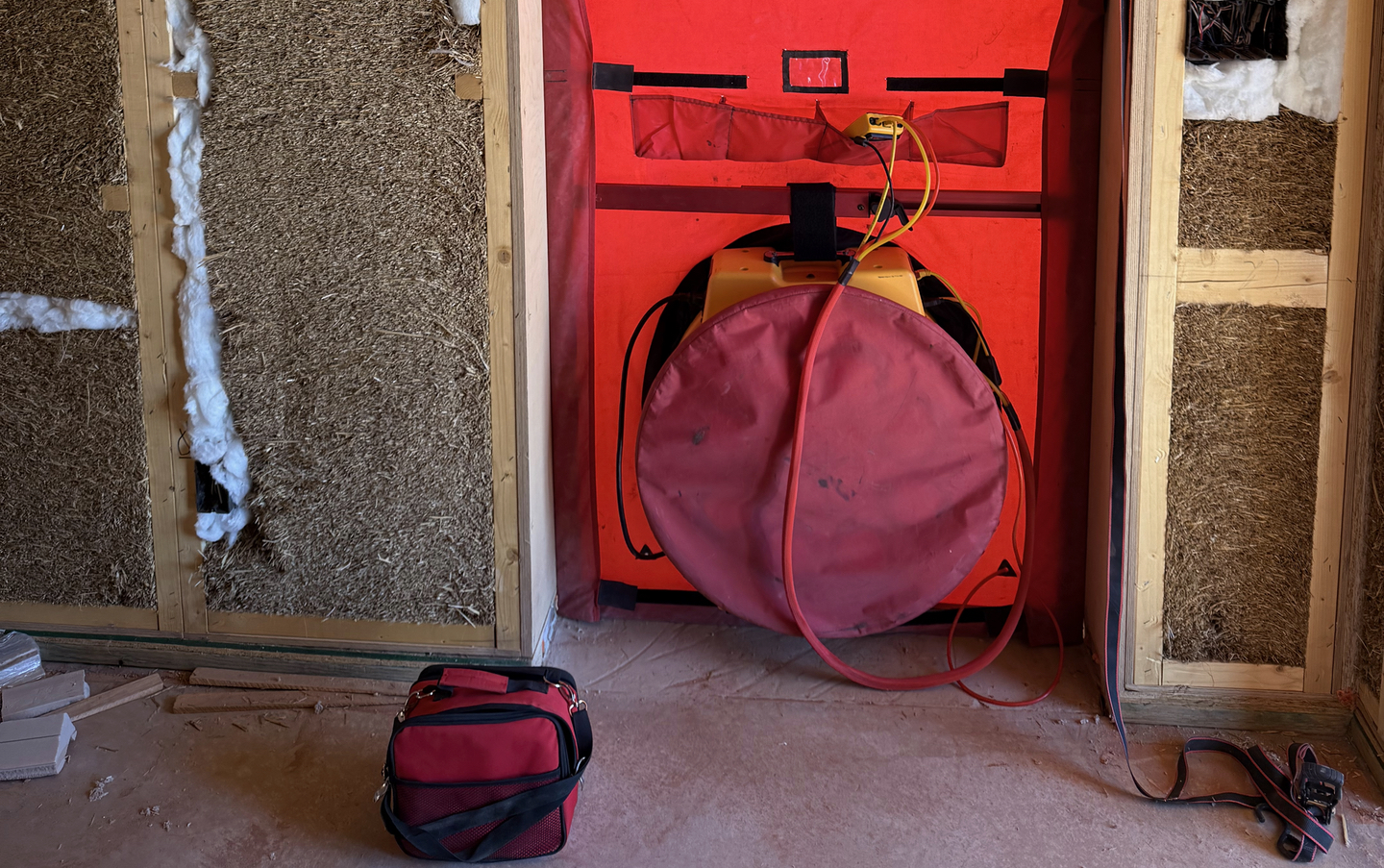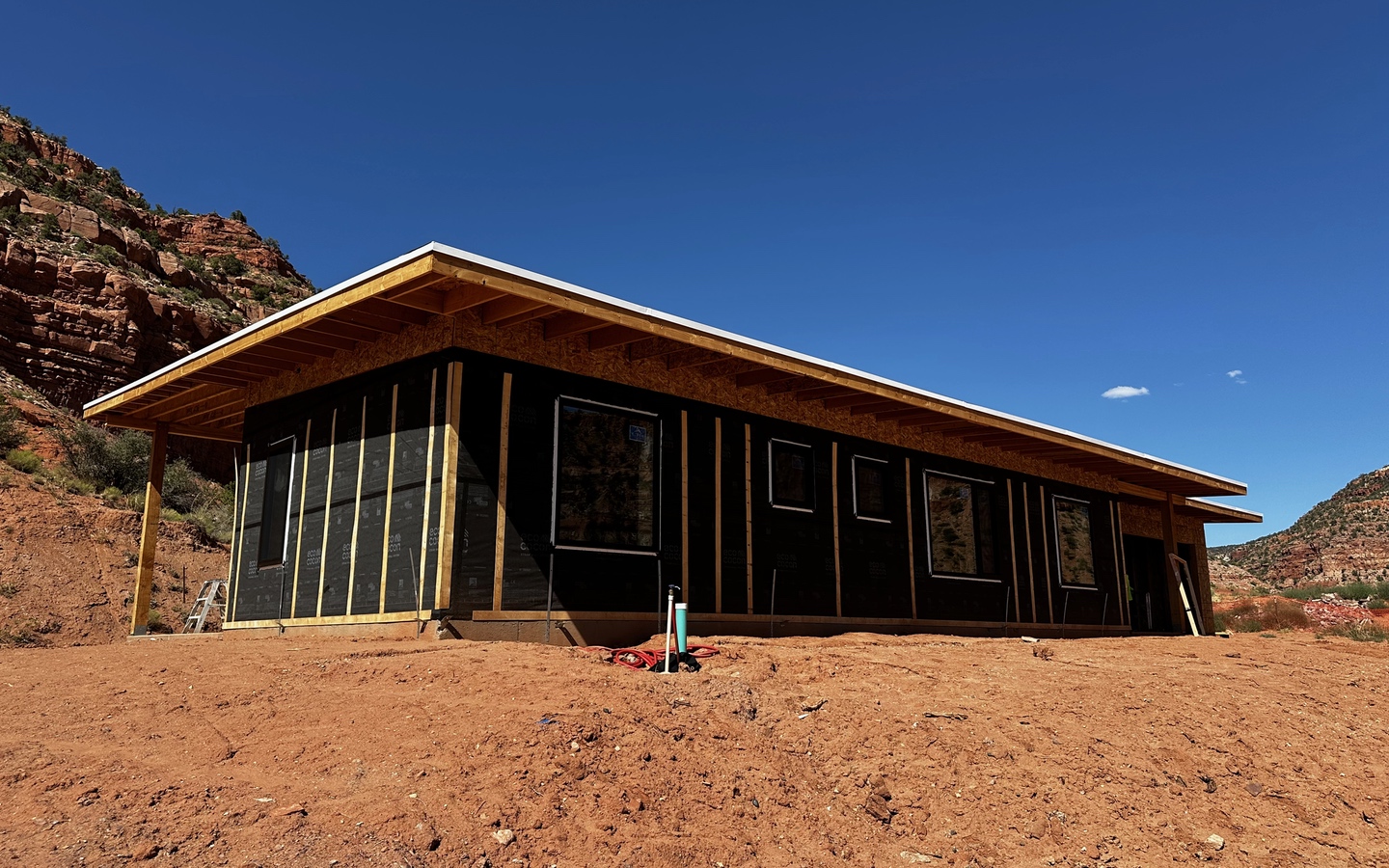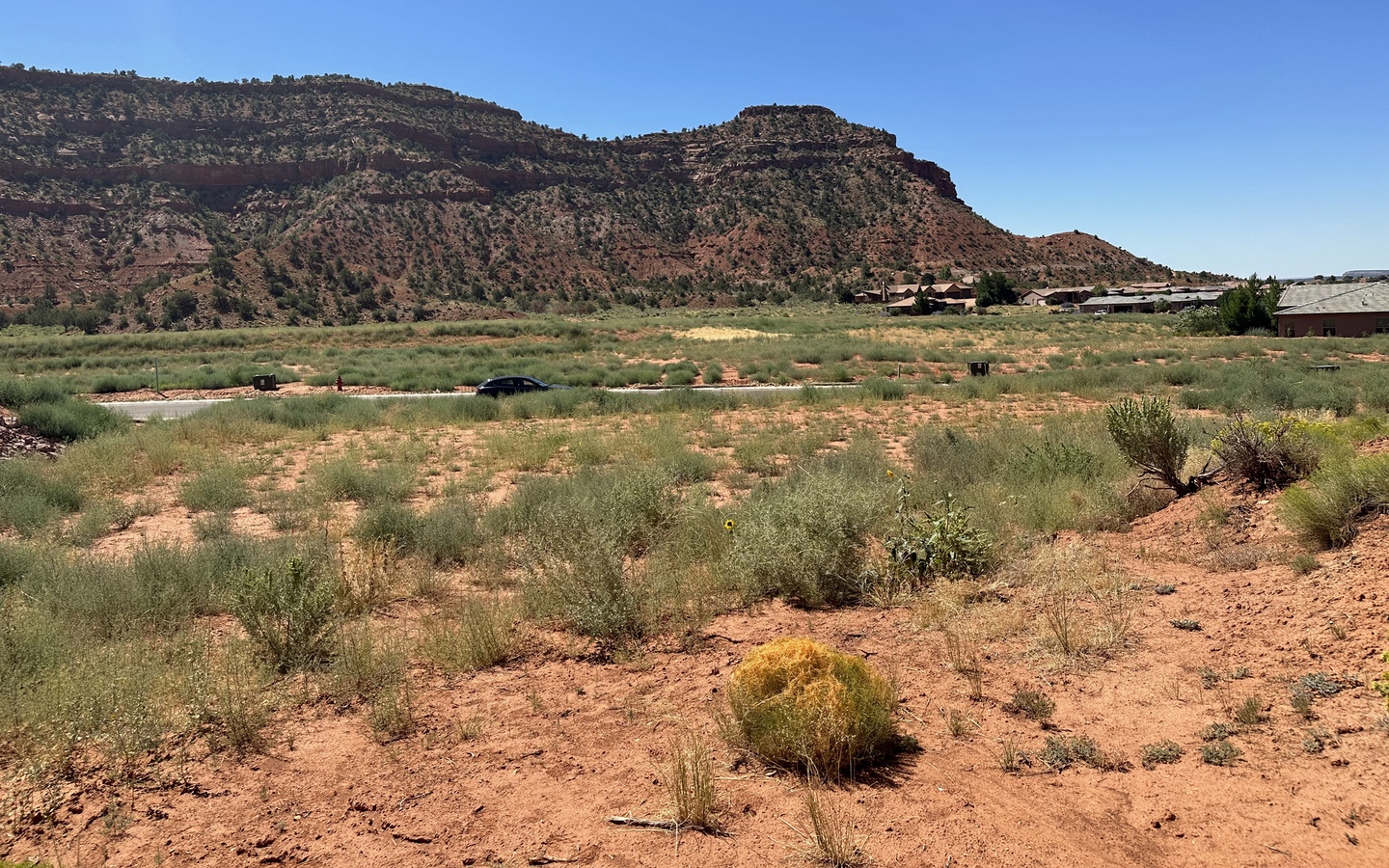
Photo Tour
Apr 12, 2025

Apr 12, 2025

Apr 1, 2025

Mar 4, 2025

Mar 1, 2025

Feb 15, 2025

Feb 3, 2025

Jan 13, 2025

Dec 21, 2024

Dec 8, 2024

Nov 25, 2024

Nov 12, 2024

Oct 31, 2024

Oct 24, 2024

Oct 23, 2024

Oct 6, 2024

Sep 1, 2024

Aug 21, 2024

Aug 4, 2024

Jul 30, 2024

Jul 28, 2024

Jul 25, 2024

Jul 17, 2024

Jul 17, 2024

Jul 4, 2024

Jun 18, 2024

May 30, 2024

May 17, 2024

May 5, 2024

Apr 19, 2024

Mar 30, 2024

Mar 28, 2024

Mar 26, 2024

Mar 13, 2024

Sep 11, 2023

Apr 11, 2023

Apr 2, 2023

Mar 28, 2023

Mar 25, 2023

Mar 20, 2023

Mar 17, 2023

Mar 15, 2023

Mar 13, 2023

Mar 12, 2023